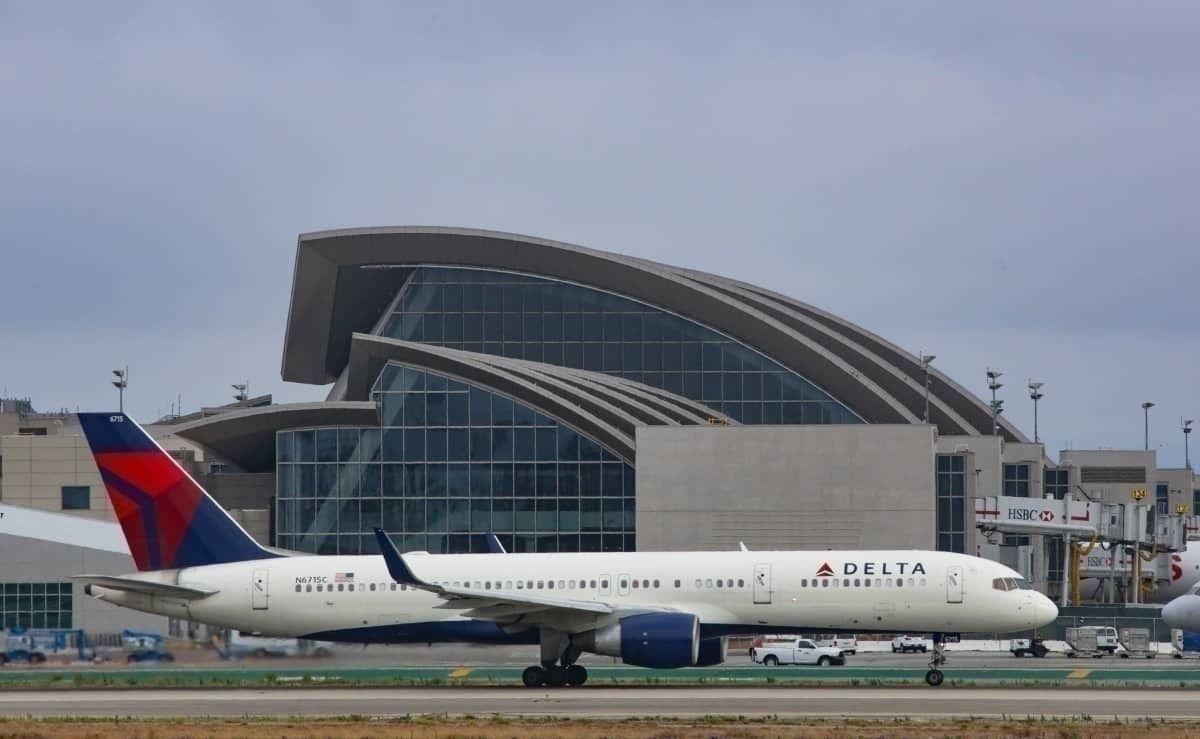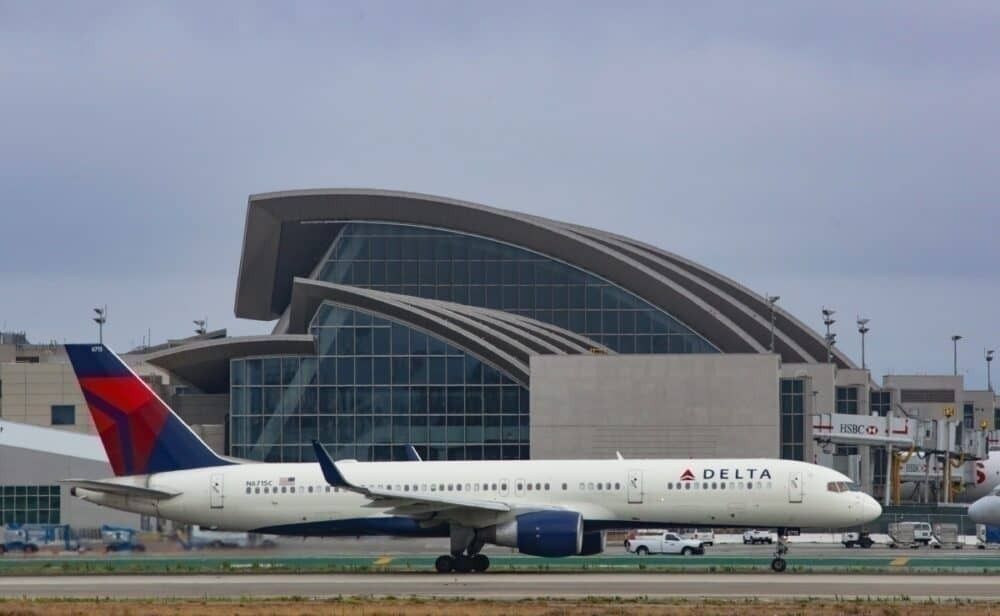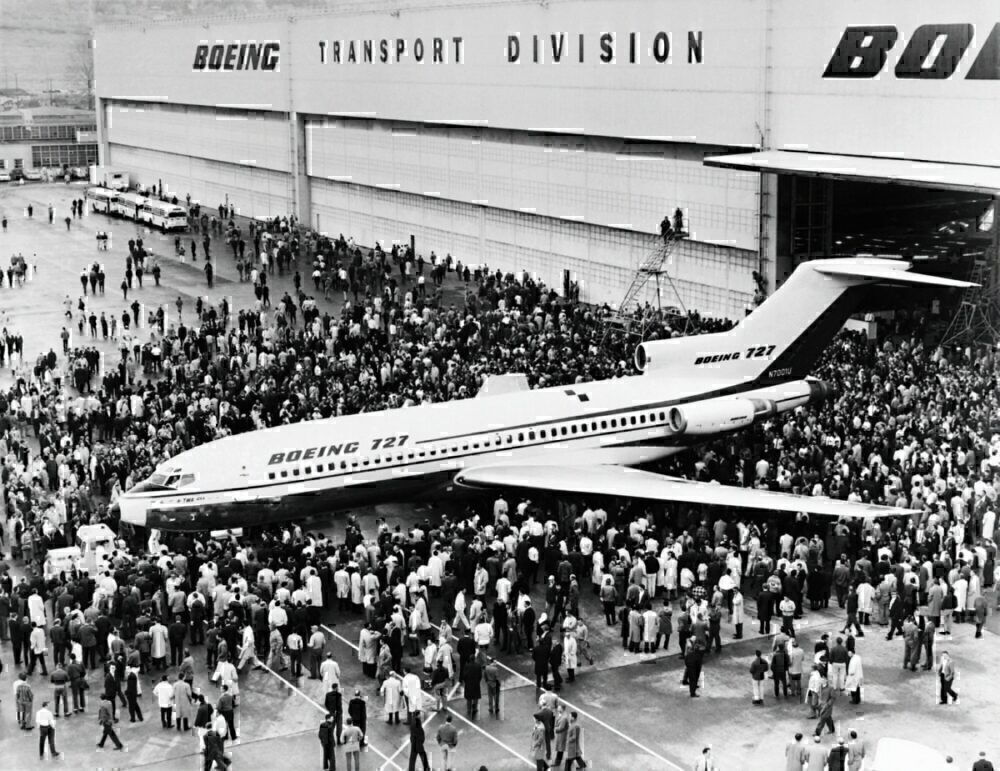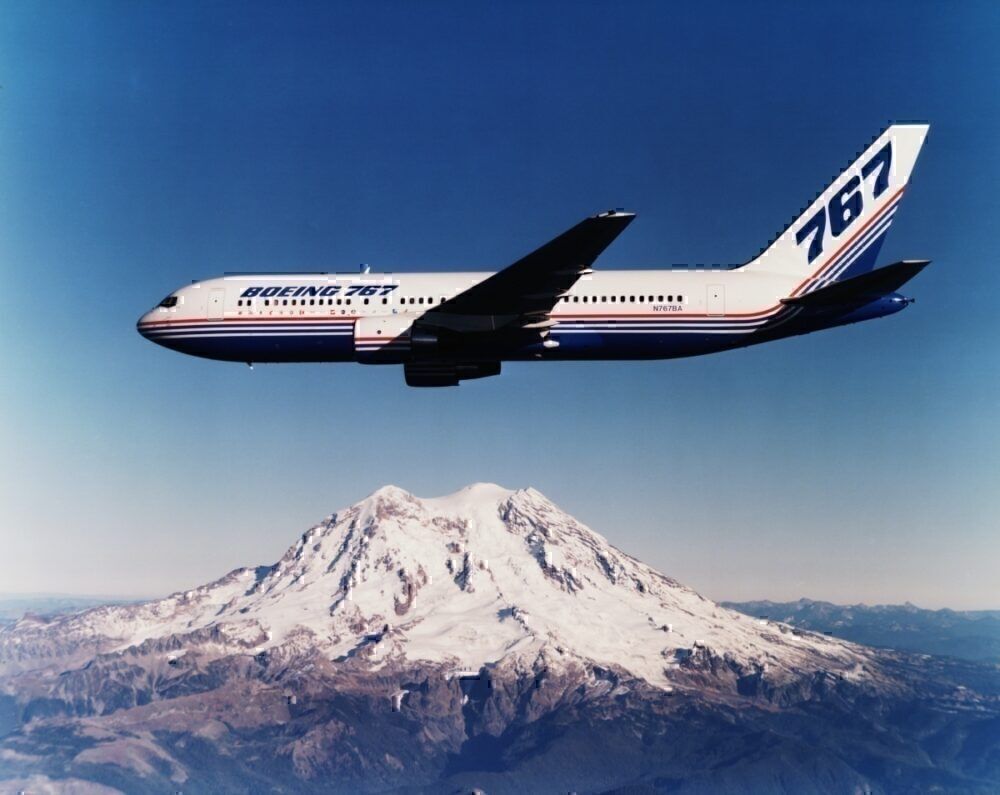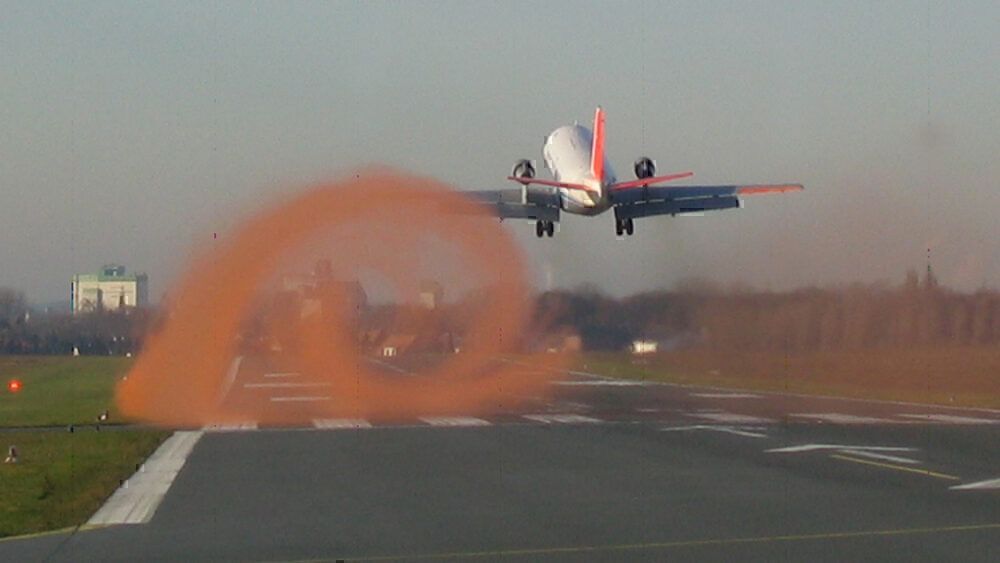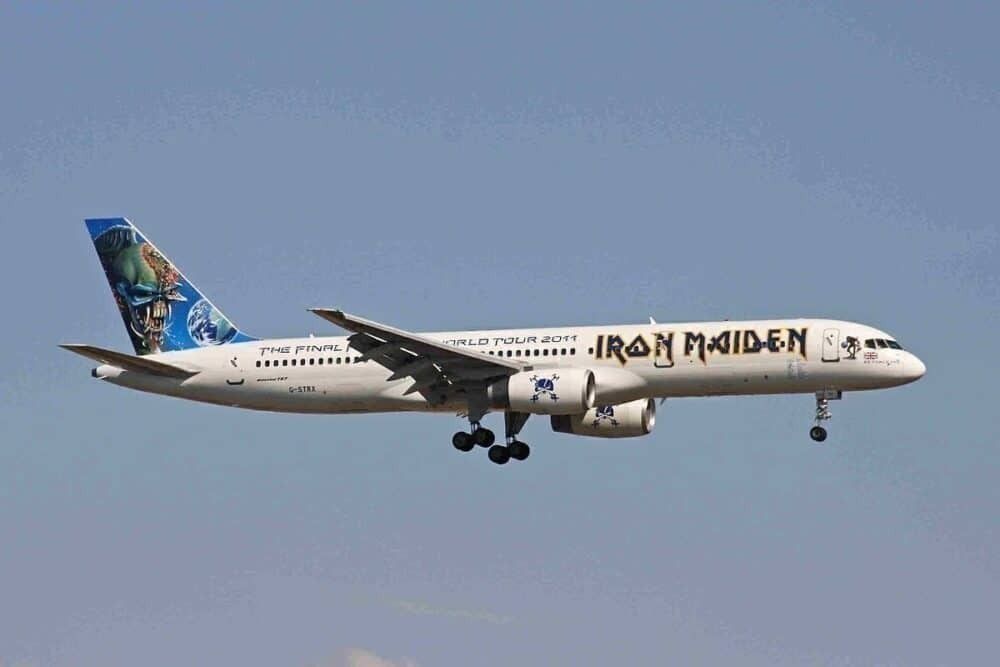The Boeing 757 has been a long-serving and popular aircraft. It received its first orders in 1978 and entered service in 1983 with Eastern Air Lines. Designed as an upgrade to the popular 727 aircraft, it became firmly established as a middle-ground option. In total, 1,050 aircraft were built, with production ending in 2004. Retirements have increased during the slowdown in 2020, but it remains a popular aircraft with many airlines, and hard to replace (at least until the A321XLR). Read on for some interesting details you might not know about the 757!
It was designed as a fuel-efficient replacement for the Boeing 727
Its been so long since Boeing 727s were commonly seen that we often forget that the 757 had its origins as a replacement for this popular aircraft. The 727 sold well and saw Boeing firmly established as a dominant airliner manufacturer.
Several options were considered for upgrading or replacing the 727. The new design of the 757, and twin engines as opposed to three, was finally chosen for efficiency reasons. Oil prices were high in the 1970s, and better fuel efficiency and lower operating costs was a key selling point.
Although it was a replacement for the 727, much of its design and inspiration came from the larger 767, which Boeing was developing at the same time.
It has an impressive range of up to 7,250 kilometers
This has been one of the successes of the 757. It was designed as a replacement for the Boeing 727 and as such, it started out mainly on US domestic routes. But its impressive range has made it a great aircraft for international routes too.
Compared to the 737-800 for example it is clear to see the difference:
- Boeing 737-800 – 162 passengers to a range of 2,930 nautical miles / 5,765 kilometres
- Boeing 757-200 – 200 passengers to a range of 3,915 nautical miles / 7,250 kilometers
And even the larger Boeing 737 MAX 10 falls short. It beats the 757 for capacity (of 230 passengers) but still not range, at 6,110 kilometers.
757 pilots can easily convert to the Boeing 767
Many aircraft have similar designs and cockpit layouts, allowing pilots to operate across types. This is common across a series, such as the 737 or A320 families, but not so much between different models. It is possible though with the narrowbody 757 and widebody 767. Pilots trained on one type can complete a short conversion course to fly the other.
It is classed as ‘heavy’ despite being a narrowbody aircraft
Due to the wing design of the 757, it can produce strong wingtip vortices. This is what causes wake turbulence for other aircraft when landing or taking off. In some cases, it can be stronger from the 757 than larger widebodies like the 767 or even the 747.
This needs to be acknowledged by air traffic controllers to allow appropriate spacing, so it will usually be classed as ‘heavy.’ It is the only modern narrowbody to be treated this way (although some older Boeing 707 and DC-8 narrowbodies also receive this treatment due to their weight).
Iron Maiden used to operate a 757 for world tours
And as a final interesting fact, did you know that the band Iron Maiden used to operate its own 757 aircraft? In 2008, the group planned a series of global tours and it worked out more cost-effective to hire an aircraft instead of arranging air and ground transportation for all the people and equipment involved. The ‘Somewhere Back in Time World Tour’ covered 23 shows in 13 countries over just 45 days.
A 757 was chartered from Astraeus Airlines and painted in a great Iron Maiden livery. Amazingly, Bruce Dickinson, one of the frontmen of the band, was also a pilot and flew the aircraft himself.
Another 757 was used for the band’s next tour in 2011. But for the following one in 2016, a much larger Boeing 747 was chartered. The largest widebody around was not enough for all the equipment needed for this even bigger tour!
What do you think of the Boeing 757? Would you like to share any comments about it, or experiences flying on it?

